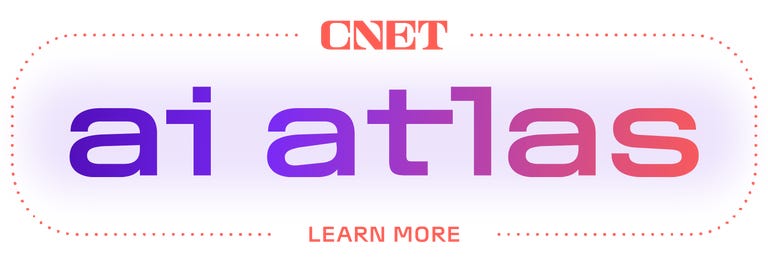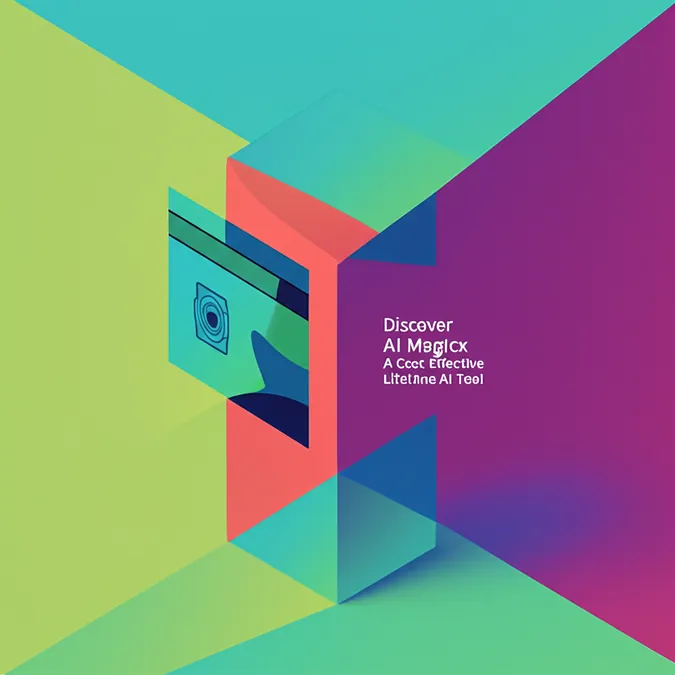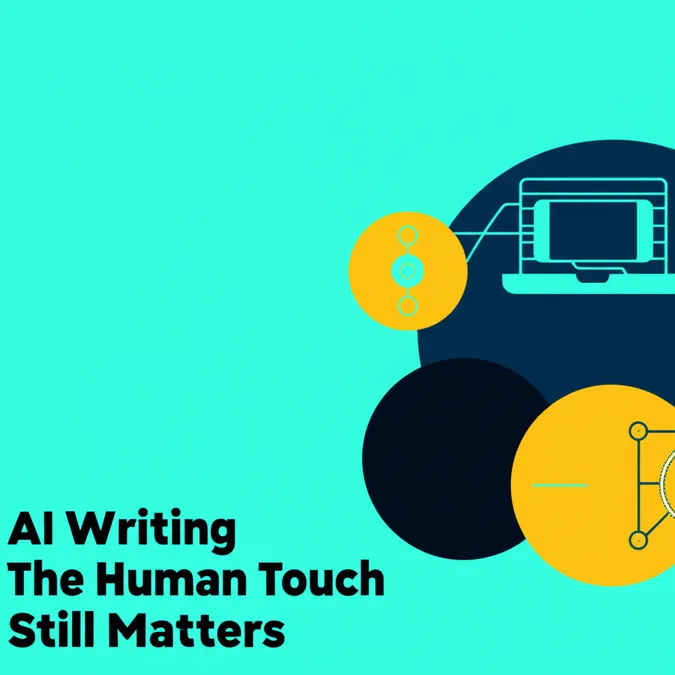Understanding Generative AI The Power Behind Modern Chatbots
It's hailed as the most significant technological leap since the internet and the iPhone. Artificial intelligence (AI) is increasingly present in our daily lives, often working unnoticed. From the chatbots assisting you online and the personalized music playlists you enjoy to the targeted advertisements in your social media feeds, AI is the engine. Now, AI is stepping further into the spotlight with innovations like Meta AI integrated into Facebook, Messenger, and WhatsApp; Google's Gemini enhancing its suite of platforms; and Apple Intelligence gradually rolling out to iPhones.
AI's journey began at a 1956 Dartmouth conference where the concept was first formally discussed. Key milestones include ELIZA, considered the first chatbot, developed in 1964 by MIT's Joseph Weizenbaum, and Google's autocomplete feature, which debuted in 2004. The landscape shifted dramatically in 2022 with the rise of ChatGPT. Since then, generative AI developments and product launches have surged, including Google Bard (now Gemini), Microsoft Copilot, IBM Watsonx.ai, and Meta's open-source Llama models.
Let's delve into what generative AI is, how it stands apart from traditional AI, and whether it can truly live up to the immense excitement surrounding it.

What is Generative AI
At its heart, generative AI pertains to artificial intelligence systems crafted to produce entirely new content by learning from existing patterns and data. Unlike systems that merely analyze numbers or forecast trends, these AI models generate creative outputs such as text, images, music, videos, and even software code.
Some of the leading generative AI tools currently available include:
ChatGPT is particularly renowned for its ability to create human-like conversations and essays from simple prompts. Tools like Dall-E and Midjourney can produce detailed artwork based on short textual descriptions, while Adobe Firefly specializes in image editing and design.
 ChatGPT / Screenshot by CNET
ChatGPT / Screenshot by CNET
Understanding Traditional AI
It's important to note that not all AI is generative. While generative AI focuses on creating new content, traditional AI excels at analyzing data and making predictions. This category includes technologies such as image recognition and predictive text. It is also applied to develop novel solutions in various fields:
- Science
- Medical diagnostics
- Weather forecasting
- Fraud detection
- Financial analysis for forecasting and reporting
The AI systems that famously defeated human grandmasters in chess and the board game Go were not examples of generative AI. These classic AI systems might not generate the same buzz as generative AI, but they form a critical part of the technology we use daily.
The Mechanics Behind Generative AI
Powering generative AI are large language models (LLMs) and sophisticated machine learning techniques. These systems undergo training on vast datasets, which can include entire libraries of books, millions of images, extensive music archives, and data scraped from the internet.
AI developers, from tech giants to startups, understand that an AI's quality is directly tied to the data it's trained on. If fed low-quality data, AI can produce biased results. This is a challenge that even major players like Google have encountered.
During training, the AI learns patterns, relationships, and structures within the data. When prompted, it applies this learned knowledge to generate something new. For instance, asking a generative AI tool to write a poem about the ocean doesn't involve retrieving pre-written verses; instead, it uses its understanding of poetry, oceans, and language structure to create an original piece.
 ChatGPT / Screenshot by CNET
ChatGPT / Screenshot by CNET
While impressive, this process isn't flawless. Results can sometimes feel slightly off if the AI misinterprets the request or becomes overly creative in unexpected ways. It might confidently present false information, necessitating fact-checking by the user. These peculiarities, often termed hallucinations, contribute to both the fascination and frustration with generative AI.
Generative AI's capabilities are continually expanding. It can now process multiple data types by integrating technologies like machine learning, natural language processing, and computer vision. This leads to multimodal AI, which can handle combinations of text, images, video, and speech within a single framework, providing more contextually relevant and accurate responses. Examples include ChatGPT's Advanced Voice Mode and Google's Project Astra.
Navigating the Challenges of Generative AI
The market is filled with a plethora of generative AI tools, each offering unique features. While these tools have spurred creativity, they've also brought forth numerous questions beyond bias and hallucinations. Issues include determining ownership rights for AI-generated content and defining what material is permissible for AI companies to use in training their language models—highlighted by cases like The New York Times lawsuit against OpenAI and Microsoft.
Other significant concerns involve privacy, accountability in AI development, the proliferation of AI-generated deepfakes, and potential job displacement.
Fang Liu, a professor at the University of Notre Dame and co-editor-in-chief of ACM Transactions on Probabilistic Machine Learning, told CNET, "Writing, animation, photography, illustration, graphic design -- AI tools can now handle all of that with surprising ease. But that doesn't mean these roles will disappear. It may simply mean creatives will need to upskill and use these tools to amplify their own work. It also offers a way for people who maybe lack the skill, like someone with a clear vision who can't draw, but can describe it through a prompt. So no, I don't think it will disrupt the creative industry. Hopefully, it will be co-creation or augmentation, not replacement."
Another pressing issue is the environmental impact, as training large AI models consumes substantial energy, resulting in significant carbon footprints. The rapid rise of generative AI in recent years has intensified worries about AI risks in general. Governments are increasing AI regulations to promote responsible and ethical development, with the European Union's AI Act being a notable example.
Public and Industry Perspectives on Gen AI
Many individuals have interacted with chatbots for customer service or used virtual assistants like Siri, Alexa, and Google Assistant—which are now evolving into powerful generative AI tools. This, combined with apps for ChatGPT, Claude, and other new tools, is placing AI directly into people's hands. Public reaction to generative AI has been varied. Many users appreciate the convenience and creativity it offers for tasks like writing assistance, image creation, homework support, and boosting productivity.
Meanwhile, McKinsey's 2024 Global AI Survey revealed that 65% of organizations regularly use generative AI, nearly double the figure from just 10 months prior. Industries such as healthcare and finance are leveraging generative AI to streamline business operations and automate repetitive tasks.
However, as previously noted, there are evident concerns regarding ethics, transparency, job losses, and the potential misuse of personal data. These represent the primary criticisms fueling resistance to embracing generative AI.
Furthermore, users of generative AI tools often find that the results are not consistently satisfactory. Despite technological advancements, most people can discern if content—be it articles, images, or music—was created using generative AI. Some writers note that AI tends to overuse certain phrases like "In the era of," or describe everything as a "testament to" or a "tapestry of." AI inherently lacks the emotion and life experience that define human creativity. As one artist on Quora articulated, "What AI makes is not the same as art evolving from a thought in a human brain" and it "is not created from the passion found in a human heart."
Generative AI in Daily Applications
Generative AI is not exclusively for tech enthusiasts or creative professionals. Once you master the art of prompting it effectively, it holds the potential to handle much of the groundwork for various everyday tasks.
For example, if you're planning a trip, instead of sifting through numerous search results, you can ask a chatbot to devise your itinerary. Within seconds, you could receive a detailed plan tailored to your preferences (though it's always wise to fact-check its recommendations).
A small business owner needing a marketing campaign but lacking a design team can use generative AI to create appealing visuals and even request suggestions for ad copy.
 ChatGPT / Screenshot by CNET
ChatGPT / Screenshot by CNET
The Enduring Impact of Generative AI
There hasn't been a technological advancement causing such a significant boom since the advent of the internet and, subsequently, the iPhone. Despite its challenges, generative AI is undeniably transformative. It's democratizing creativity, assisting businesses in streamlining workflows, and inspiring entirely new approaches to thinking and problem-solving.
Perhaps the most thrilling aspect is its untapped potential; we are merely at the cusp of discovering what these tools can achieve.
Frequently Asked Questions About Generative AI
What's an example of generative AI?
ChatGPT is likely the most widely recognized example of generative AI. By providing it with a prompt, it can generate text and images, write code, answer questions, summarize text, draft emails, and perform many other tasks.
What's the difference between AI and generative AI?
Generative AI focuses on creating new, original content such as text, images, or music. In contrast, traditional AI is geared towards analyzing data, recognizing patterns or images, and making predictions (for instance, in fields like medicine, science, and finance).


